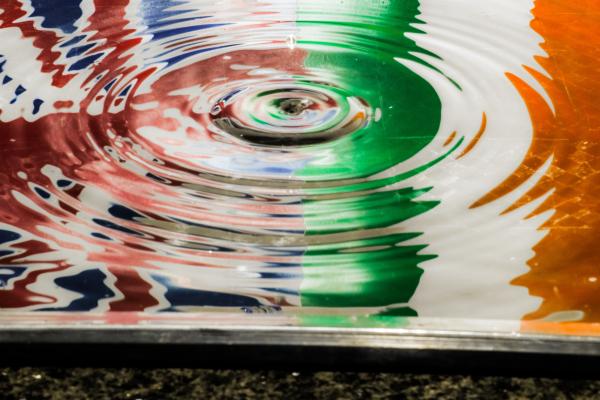The 2019 general election has seen a fundamental transformation of Northern Ireland's political landscape argues Jonathan Evershed, University College Cork. Jonathan assesses what has changed and how this is likely to impact on the constitutional future of the UK.
The results of the 2019 general election are a radical departure for Northern Ireland, and mark a fundamental transformation of its political landscape. The increasing electoral assertiveness of Northern Ireland’s ‘others’, which swept the Alliance Party into both their largest ever haul of council seats and their first ever seat in the European Parliament earlier this year, has continued, and has carried Stephen Farry into Sylvia Hermons’ former seat in North Down: a key DUP target.
Election night was nothing short of an existential nightmare for the DUP. Their Deputy leader was dethroned in North Belfast by Sinn Féin’s John Finucane, and Emma Little-Pengelly was roundly beaten in South Belfast by the SDLP’s Claire Hanna, despite fevered attempts and a divisive campaign to drive Unionist voters into polling stations in these constituencies. In something of a Remain surge in Belfast, the DUP has been punished by voters for its role in the Brexit imbroglio, and the party has gone from holding three of the city’s four seats to one. And in East Belfast, Naomi Long ran Gavin Robinson far closer than will be comfortable for the DUP. Right across Northern Ireland, liberal Unionist voters are peeling away to the Alliance Party. Above all, Johnson’s Conservative majority means that the DUP now faces a return to the margin at Westminster. Unionism – despite ongoing talk about resistance to Johnson’s ‘Betrayal Act’ by some Loyalists – will be all-but powerless to prevent the passage of the Withdrawal Agreement and its ‘border’ in the Irish Sea.
For the first time in its history, Northern Ireland has returned more Nationalists than Unionists to Westminster. This, in itself, marks a seismic shift. Two of those Nationalists, Claire Hanna and Colum Eastwood (who wrested Foyle from Sinn Féin’s Elisha McCallion), will join Stephen Farry in taking their seats in Parliament, providing a much-needed counterbalance to the DUP in the Commons. A major coup for Sinn Féin in North Belfast was offset by its lost seat in Derry, and overall the party comes out of the election with the same number of MPs and its vote share down. Abstentionism appears to have been one among the factors costing Sinn Féin votes, particularly west of the Bann. The party’s somewhat disappointing results may point to growing demand for a return to power-sharing among Nationalist voters, with forthcoming negotiations providing something of a last chance saloon for the Stormont institutions.
Despite any concerns about declining vote share, Sinn Féin’s spirits will likely be lifted by the longer-term trends expressed in last night’s radical changes in Northern Ireland’s electoral geography. Unionism – at least as represented by the DUP – is in steady decline. The burgeoning discussion about Northern Ireland’s constitutional future will be buoyed by the SNP’s renewed and historic mandate for an Indyref Mark II, and Northern Ireland’s ‘others’ will be examining what stake they have in it. Today, as the future of the Union hangs in the balance, Northern Ireland looks like a place even further apart.

